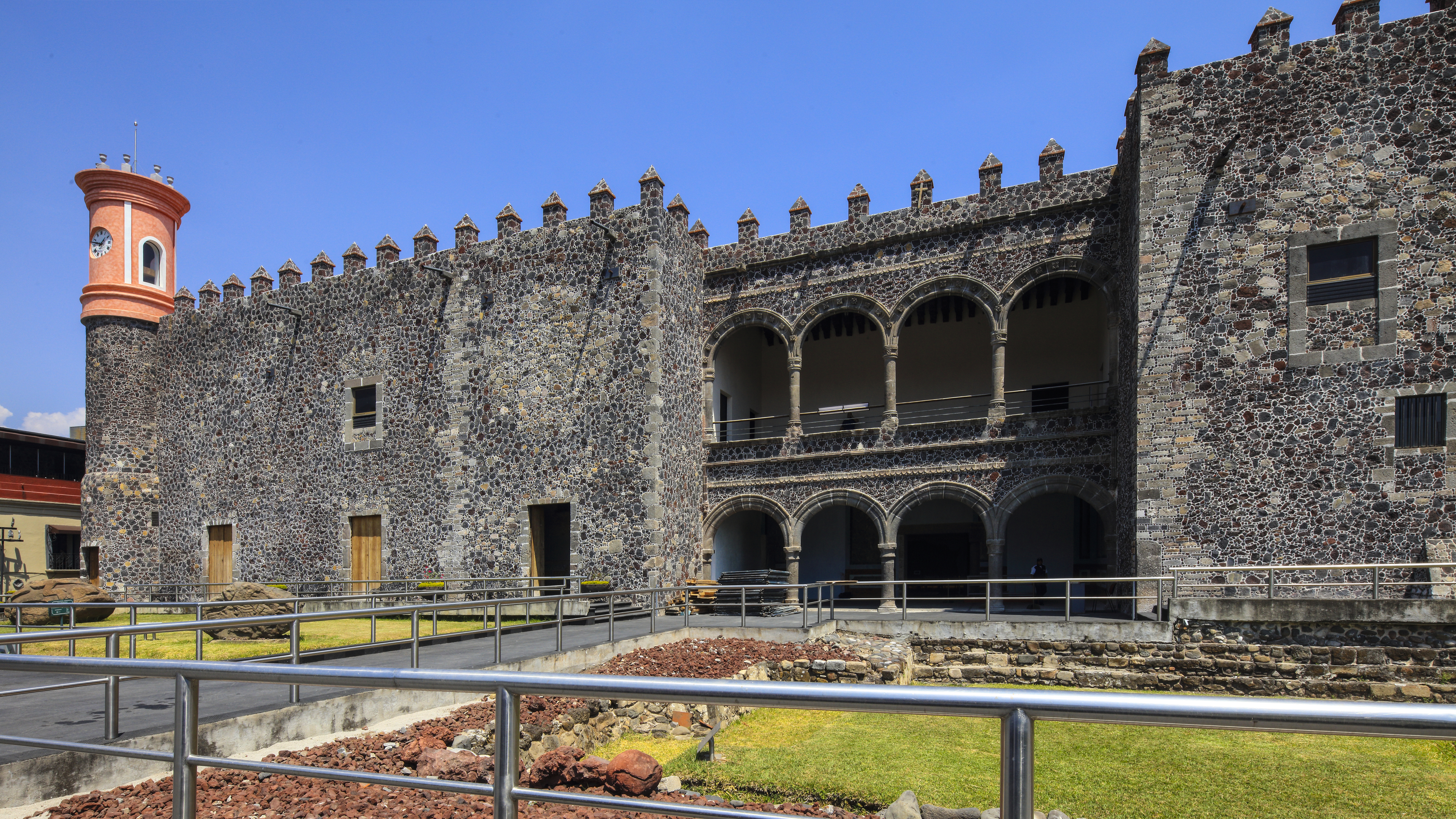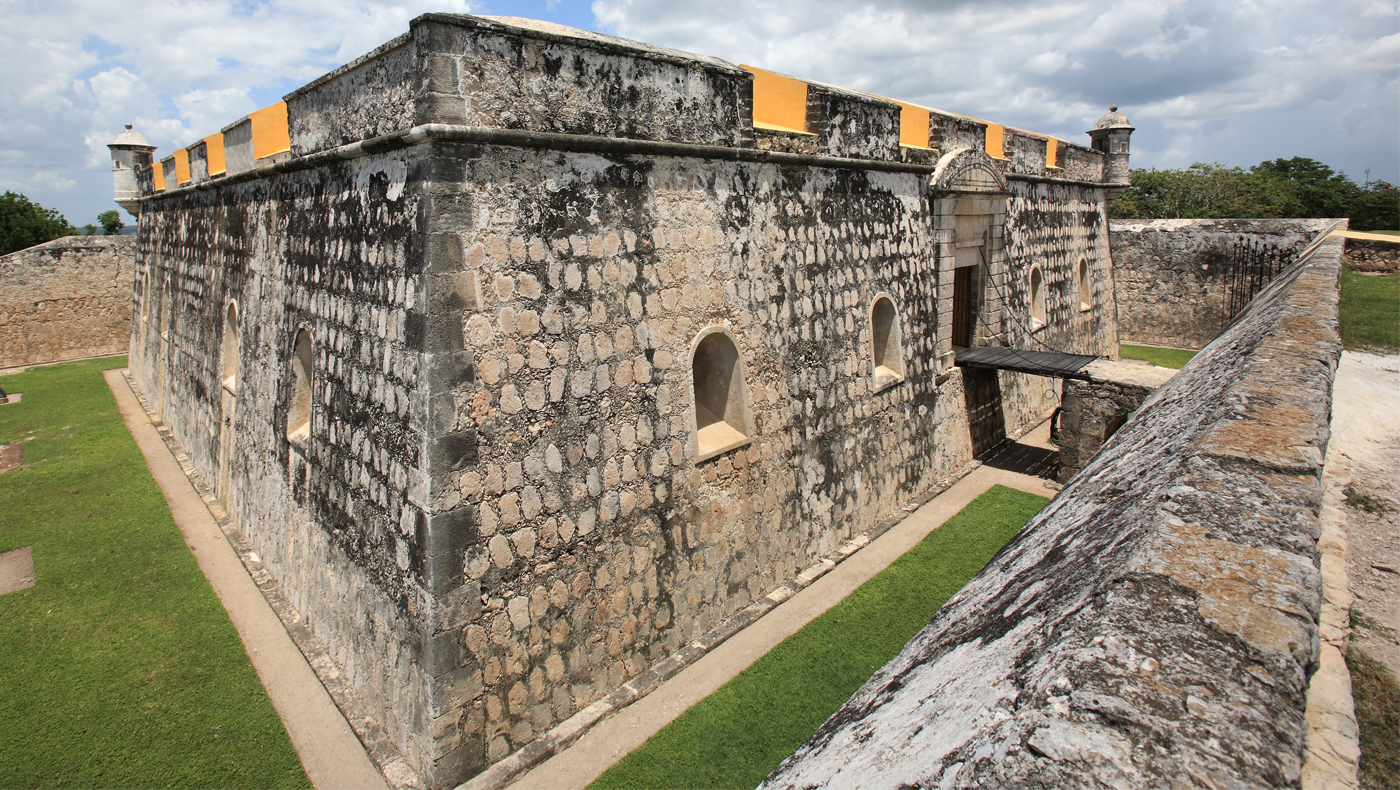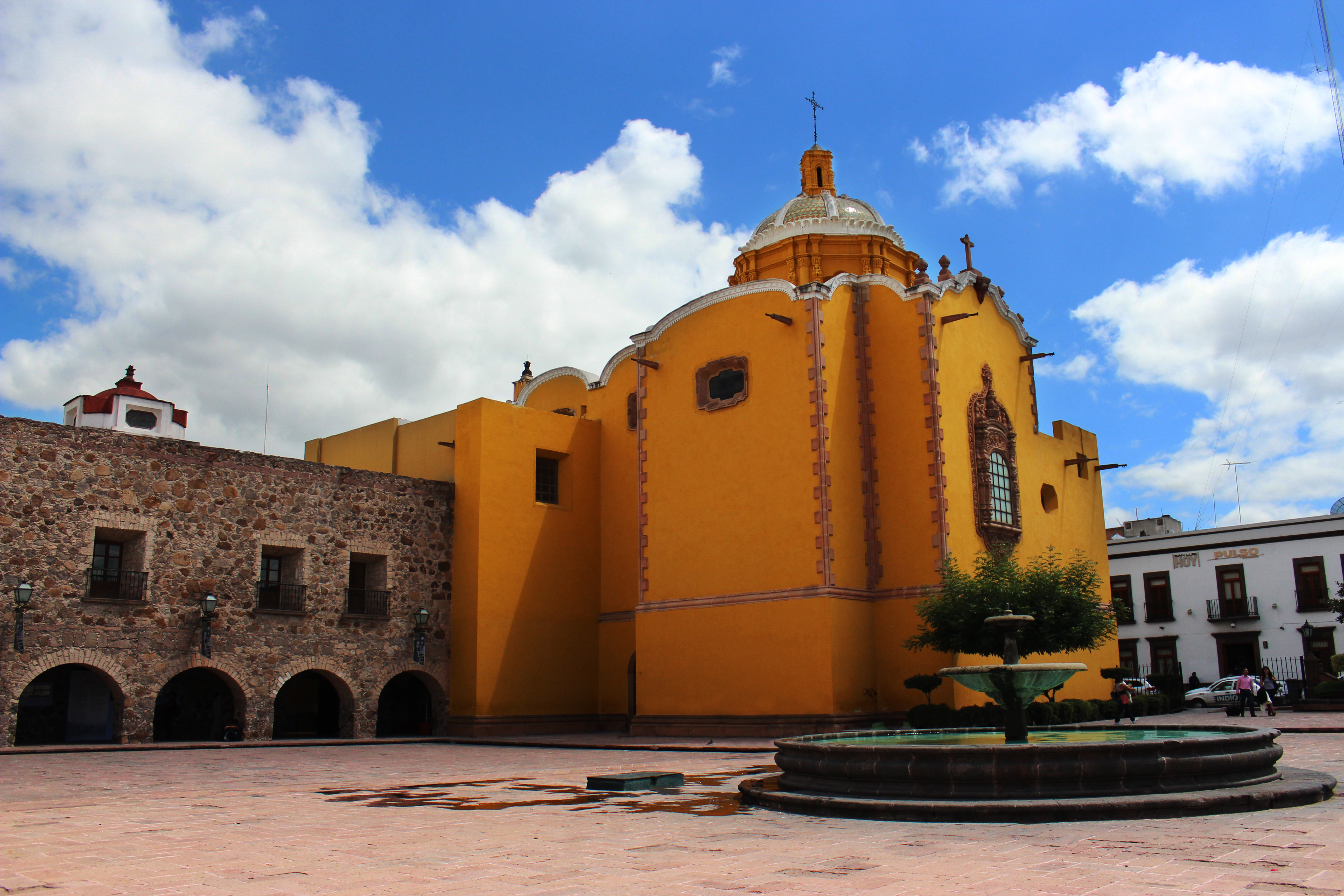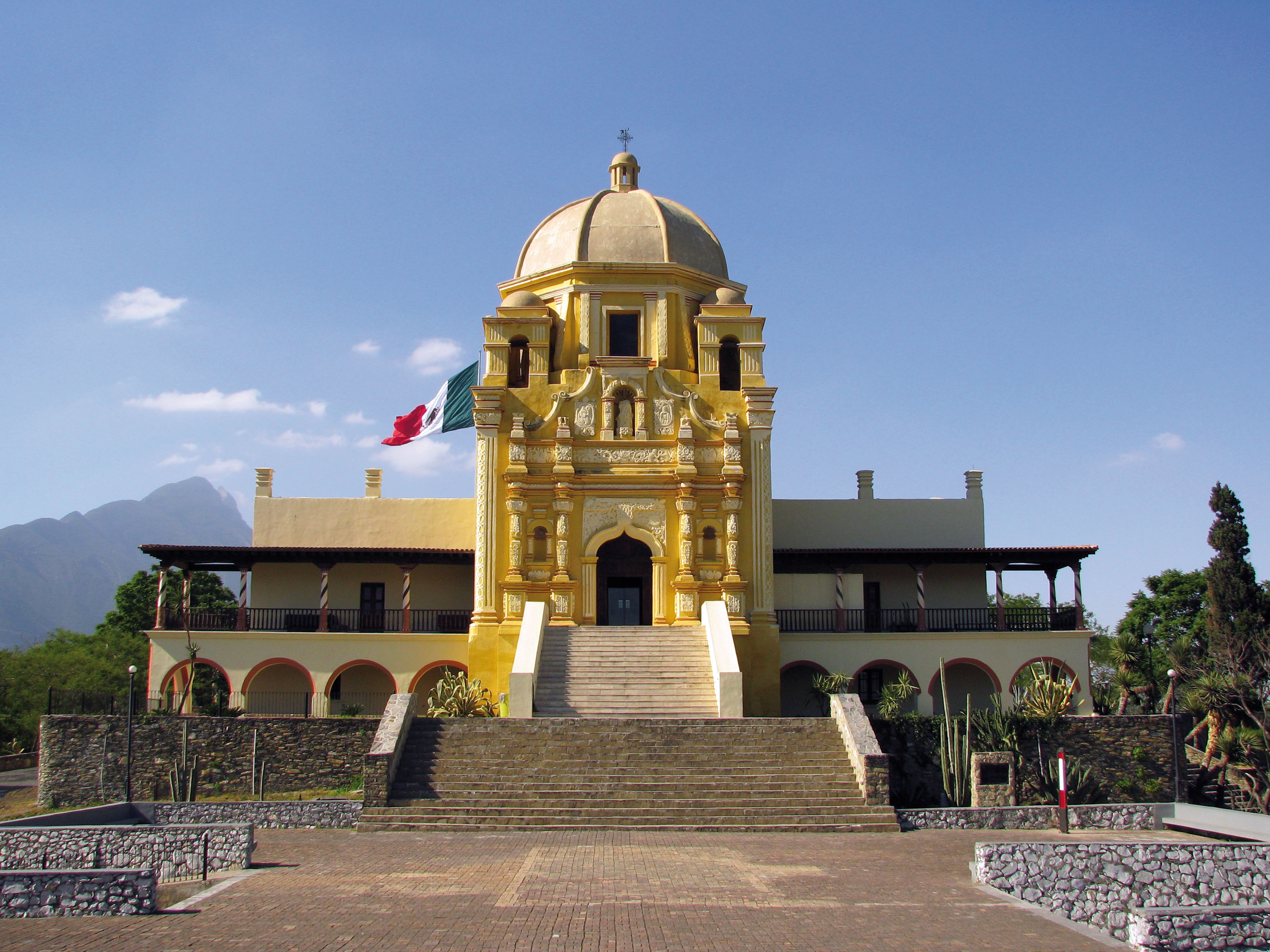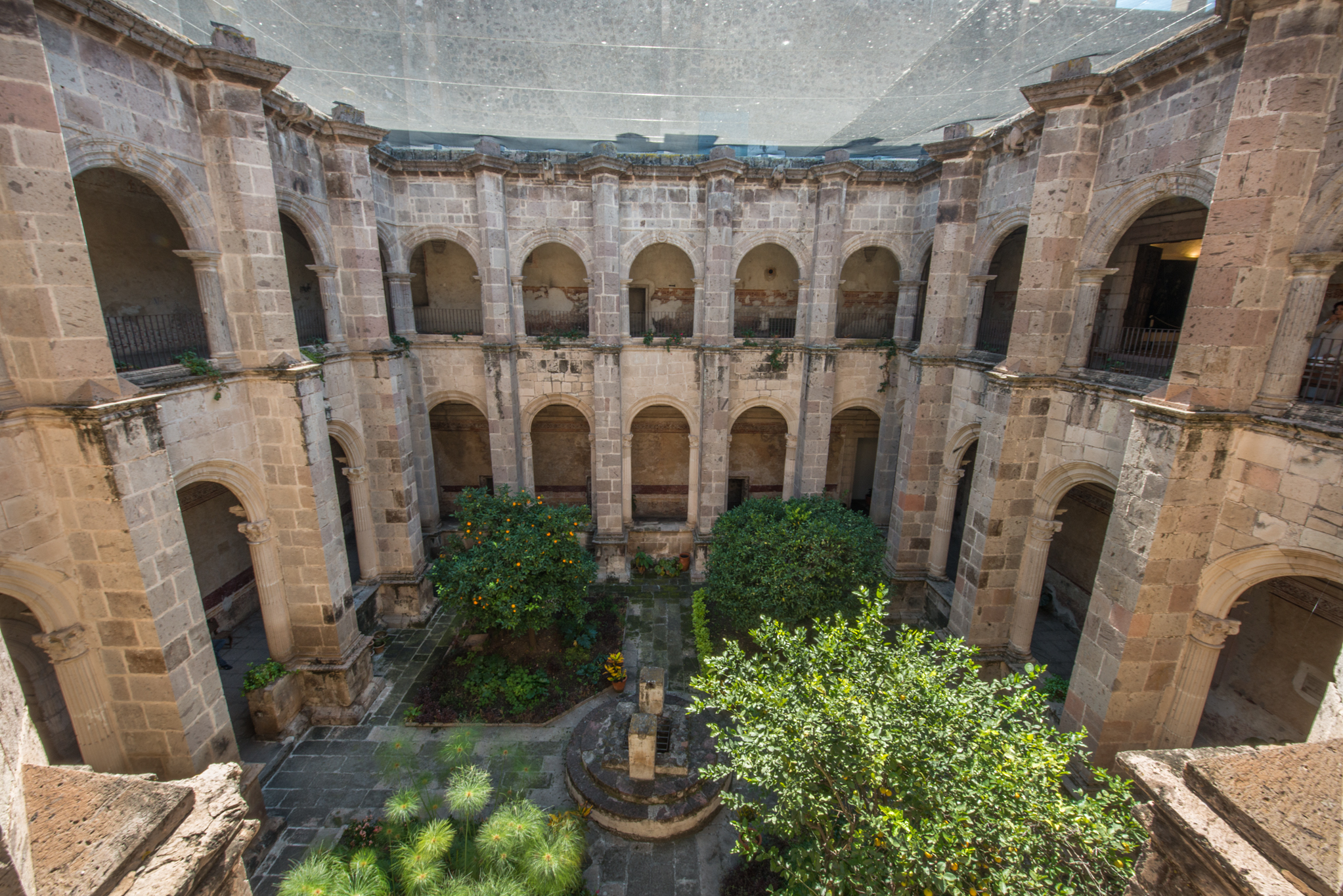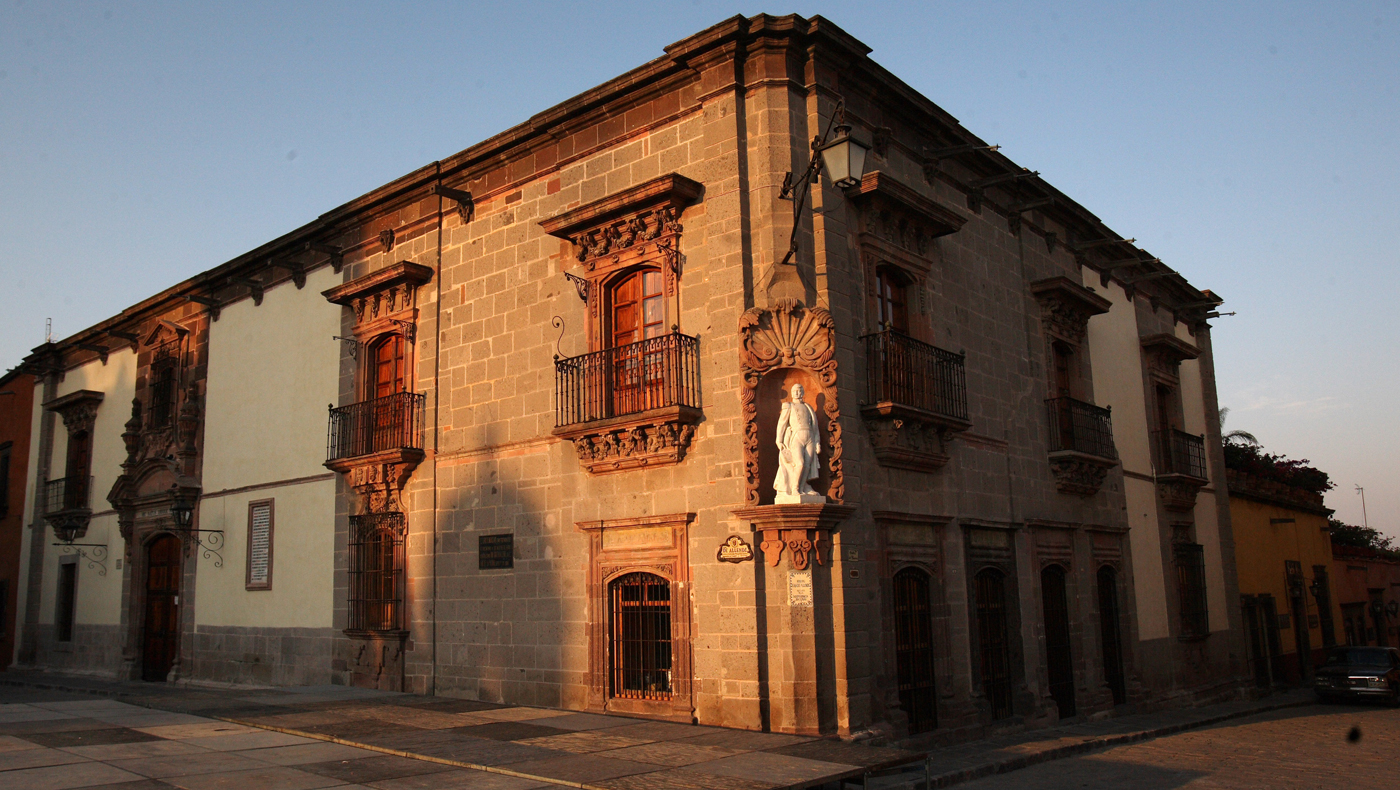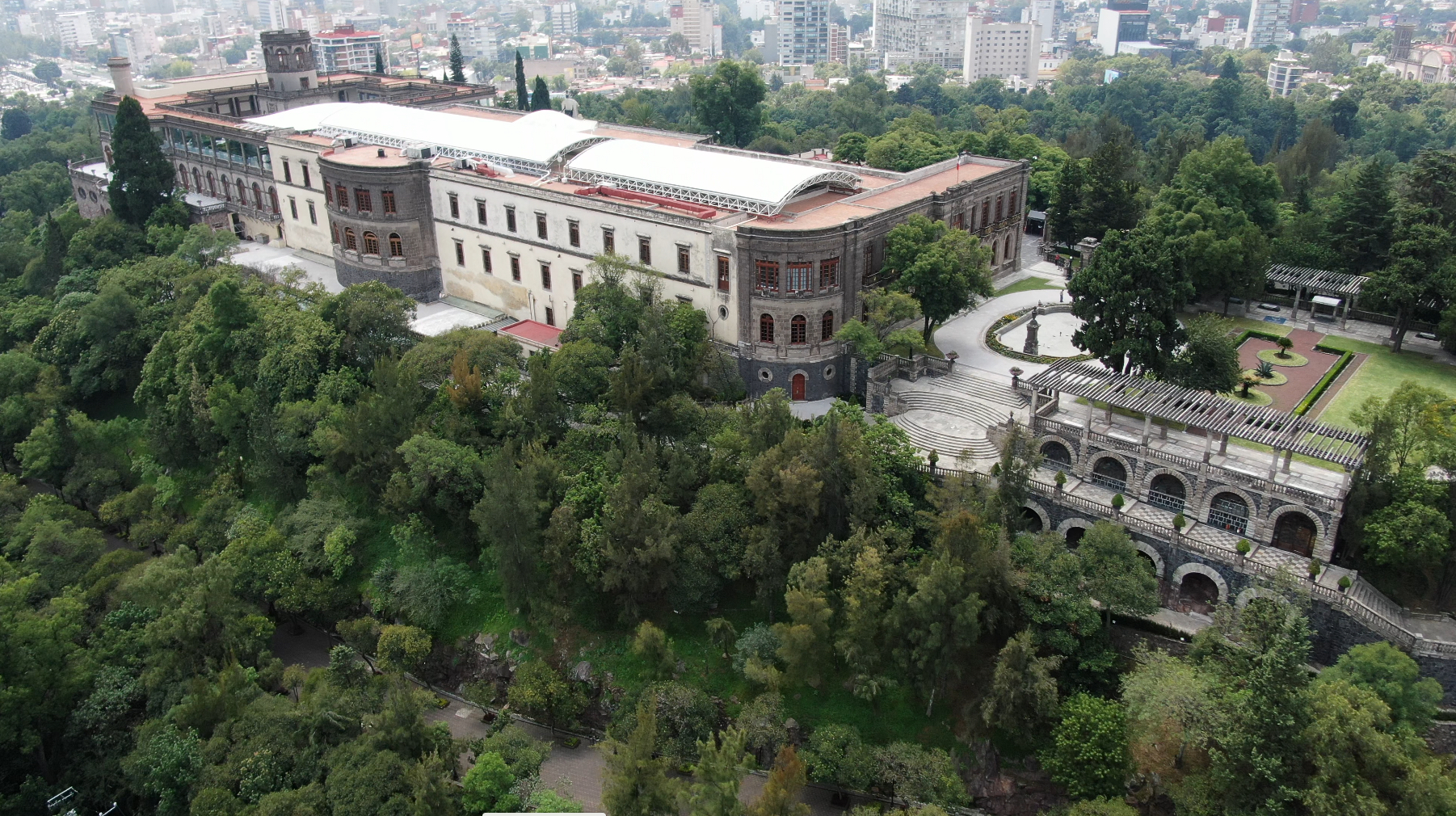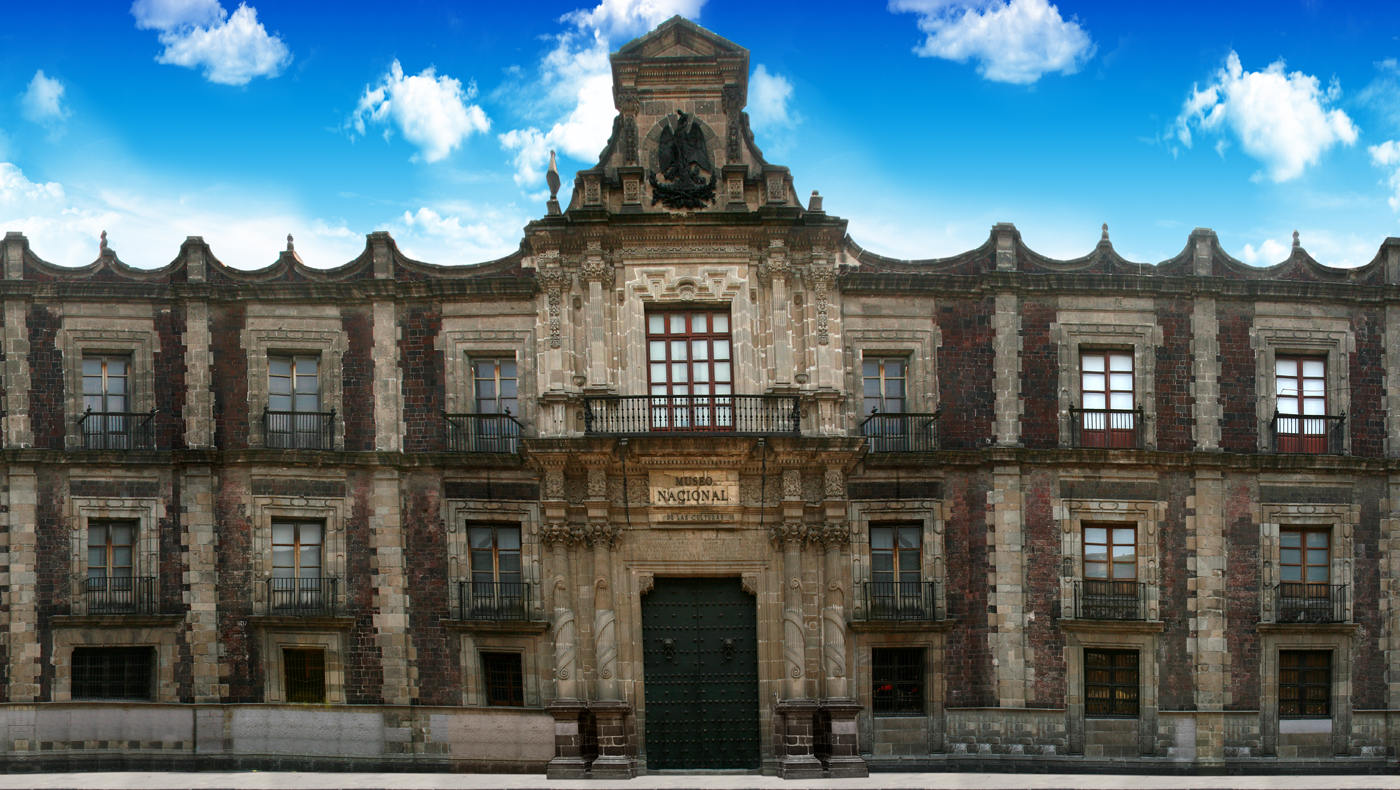
Mostrando 121 - 132 de 161
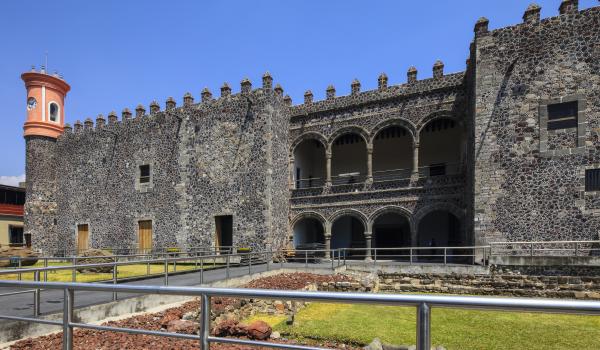
Museo Regional de los Pueblos de Morelos, Palacio de Cortés
Among the many stately homes of the Viceroyalty in Mexico is this home of the chief Conquistador, Hernán Cortés, in the capital of his vast domain. The history of the State of Morelos from the pre-Hispanic past up to the Revolution is shown through a varied collection of valuable objects and eloquent remains.
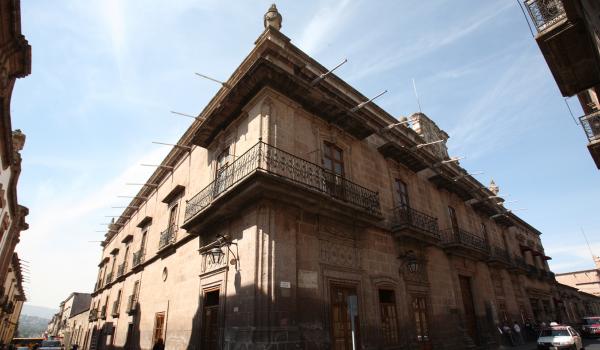
Museo Regional de Michoacán, Dr. Nicolás León Calderón
First established in 1886 in a palace in the city of Morelia, the museum houses a splendid collection of pre-Hispanic artefacts, assembled by the institution’s first director, Nicolás León, as well as plates of rare codices, maps, ancient items of clothing and objects of historic importance such as the table where the Constitution of Apatzingán was signed.
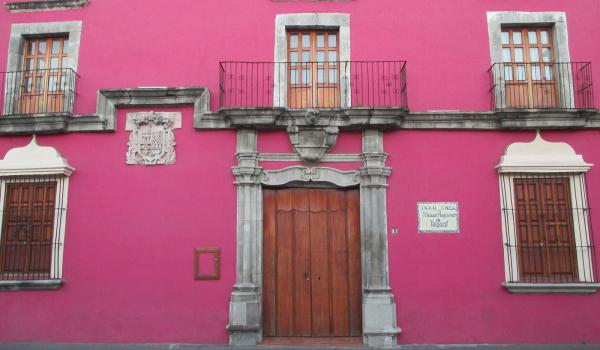
Museo Regional de Nayarit
An eighteenth-century stately home in Tepic which houses a vast and revealing collection of pre-Hispanic pieces from the western cultures: the Concheros, shaft tombs, urns from Mololoa and Aztatlán.
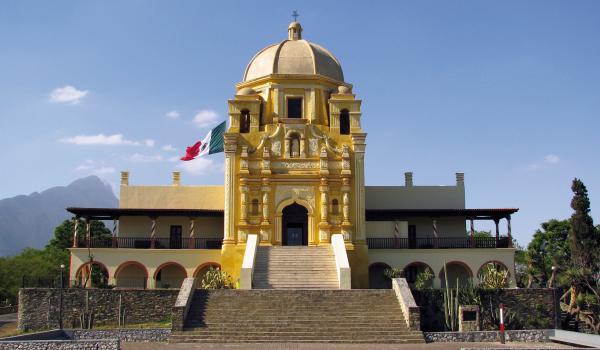
Museo Regional de Nuevo León, El Obispado
The oldest building in Monterrey, the baroque episcopal palace of 1787, houses the most complete museum of the history of the state and region, from the earliest times up to industrialization. It covers the people, the artists, the national heroes, invaders, eminent citizens and entrepreneurs.

Museo Regional de Palmillas
The history of the Valley of Córdoba from the fifth century BC to the viceregal period. Highlights include an important statue of Tonatiuh and an interesting musical instrument collection. It also tells the story of the slave trade and the rebellion led by Gaspar Yanga, the undefeated leader who succeeded in founding the continent’s first settlement free from slavery in 1570.
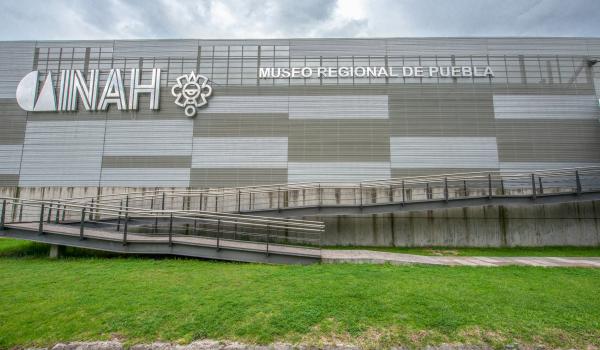
Museo Regional de Puebla
A modern building houses a vast collection about the life and culture of the state. Archeology, history (in the nineteenth century Puebla was laid siege ten times), academic culture, popular culture, customs, dances and a great variety of arts and crafts.
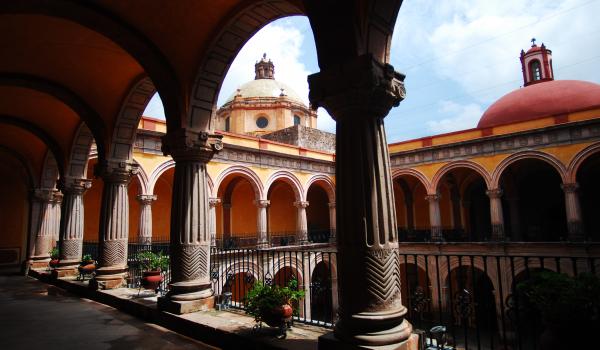
Museo Regional de Querétaro
A colonial building, the Former Monastery of San Francisco is home to Querétaro’s collection of archeology, history, culture and ethnology. It focuses on the Otomi and Chichimeca ethnic groups, the multi-coloured society of the viceregal period, and the restless society of the early independence period.
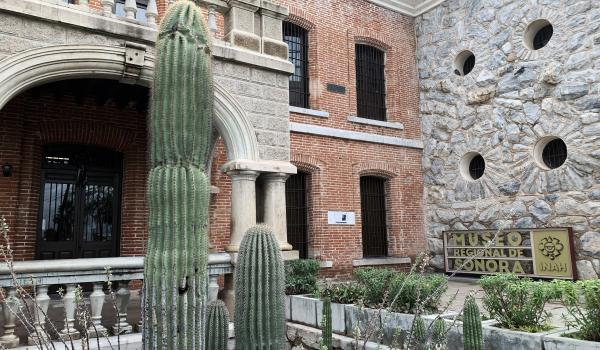
Museo Regional de Sonora
The INAH Regional Museum for the state is in an old prison building of the Porfiriato in Hermosillo, dating to 1908. Its purpose is to display the archeology, history and culture of the region in its 18 permanent and five temporary exhibition galleries.
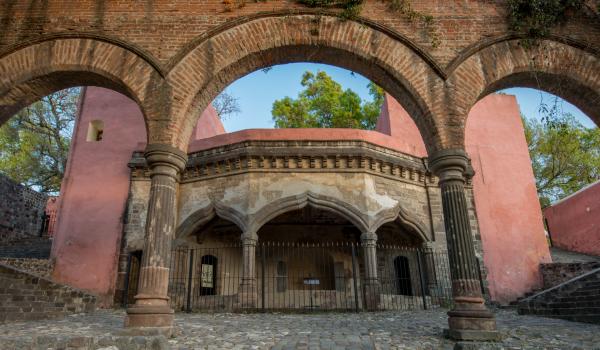
Museo Regional de Tlaxcala
An impressive construction notable for the church’s remarkable Mudejar-style coffered ceiling made with gilded wood. The museum preserves the pre-Hispanic and viceregal history of Tlaxcala—a vital ally for the Conquistadors—along with displays of nineteenth and twentieth-century luxury objects and tools.
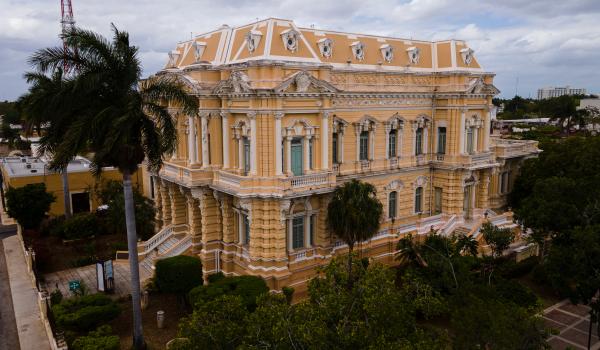
Museo Regional de Yucatán, Palacio Cantón
A majestic Porfirian (late nineteenth-century building) holds a valuable collection of Maya pieces (some are on loan to the State Museum in Mérida), and hosts temporary exhibitions, lectures, concerts and workshops about the ancient and modern indigenous peoples of Mexico.
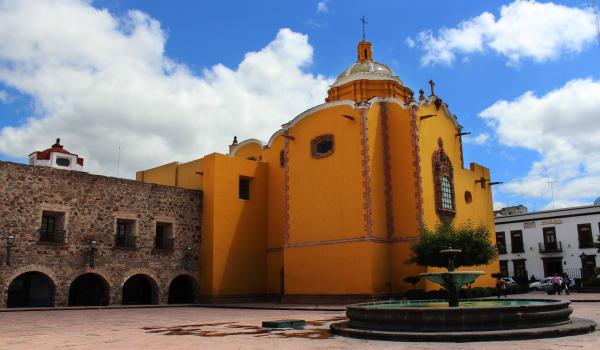
Museo Regional Potosino
The history and culture of the San Luis Potosí region and its predecessors: the Mesoamerican and Huasteca cultures, the city of Tamtoc, the Viceroyalty, Independence, the wars of the nineteenth century, the period of Porfirio Díaz and the Revolution: these are all exhibited in a splendid building dating from 1591 which incorporates the beautiful Aranzazu chapel.

Museo Tuxteco
In the former town hall of Santiago Tuxtla, the place Hernán Cortés chose to establish his marquisate, where he set up the continent’s first wine press. The museum has rich archeological displays of Olmec, Totonac and Mexica cultures, as well as revealing pieces from the viceregal period.1975

